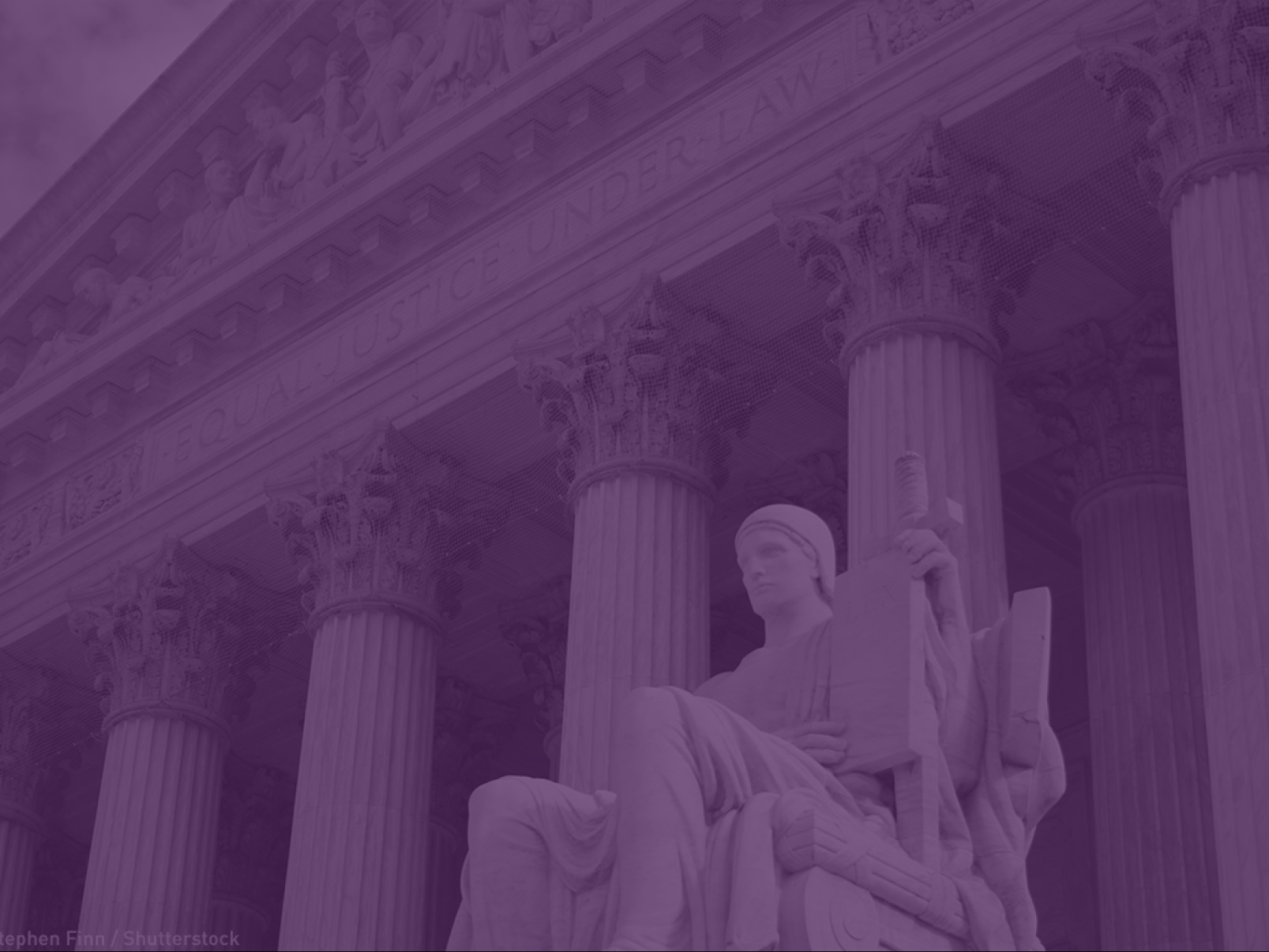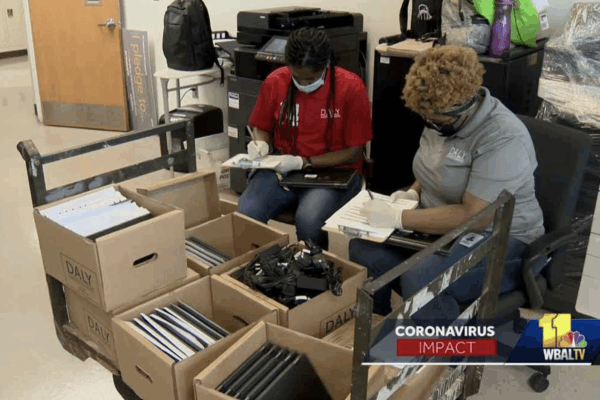This piece originally appeared at The Baltimore Sun.
Leslie Seid Margolis is managing attorney at Disability Rights Maryland. Contributors to this op-ed include: Cheryl Bost, Maryland State Education Association president; Shannen Coleman-Siciliano, Strong Schools Maryland co-executive director; Kimberly Humphrey, ACLU of Maryland legislative counsel; and Jane Sundius, Attendance Works senior policy fellow.
As statewide advocates for education and equity, we were deeply disappointed by the decision to delay consideration to revise Maryland’s school funding formula. This decision has made it all the more important that the General Assembly and the governor make immediate, meaningful progress on committing additional funding to our schools as prescribed by the Kirwan Commission.
Our elected leaders must ensure that urgently needed school funding increases are secured in this 2019 legislative session — even though determination of the formulas has been deferred until the 2020 session.
Maryland should also learn from its previous experience revamping education funding. In 2002, the legislature and governor approved recommendations of the Thornton Commission but left decisions about how much money to allocate or where to find it until the following year. The result was that expectations for programming and outcomes were consistent with the Thornton Commission’s recommendations, but funding was not. Not only was the reform effort underfunded initially, funding in subsequent years failed to cover inflationary increases, which had a compounding effect over time. By 2016, the state’s own analysis estimated the annual funding deficit at $2.9 billion, or an average of $2 million per school.
Class sizes are increasing across the state, sometimes to as many as 40 students. Fewer resources are available for critical supports such as counselors, course offerings are slimmed down, and field trips and other enrichment activities are eliminated. And, at the same time that educators are expected to shoulder the burden of reduced funding, they are also expected to help students to meet increased state and federal education standards — all without the salary increases their profession deserves. A recent survey found that more than four in 10 Maryland educators work a second job to make ends meet.
Even worse, an independent analysis by Education Trust revealed that Maryland is shortchanging schools in poor communities more than those in affluent ones. Increasingly strong research shows that the impact of poorly funded schools is much greater for students who lack the home and community resources to make up for public education cuts, who require special educational supports to be successful, who suffer from institutional and individual biases and racism and who are recent arrivals to our nation. Their lack of experienced teachers, up-to-date materials and computer access reveals Maryland’s inequitable educational opportunities.
To continue reading this piece at the Baltimore Sun, click here.




